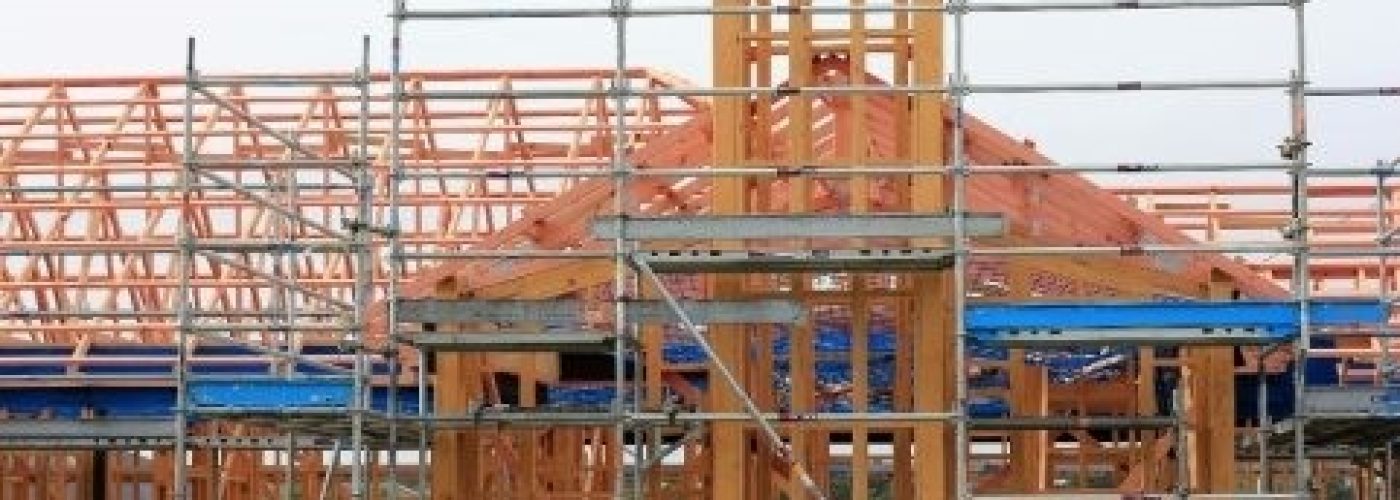The Competition and Markets Authority’s investigation into housebuilding noted that councils’ local plans were crucial for gauging the number of permission approvals needed to meet housing need.
The HBF has pointed out that since housing and levelling up secretary Michael Gove’s decision to make housing targets ‘discretionary’ last Autumn, 64 councils have paused or withdrawn their plans.
The number of plans adopted last year was the lowest for a decade. Planning consultancy Lichfields’ research points to the fact that this could cause a drop of 77,000 homes a year.
The trade body said most councils who have done this are concentrated in southern England and accused Mr Gove of pandering to ‘nimbyism’.
The Housing Pipeline Report shows the number of units approved in 2023 was the lowest since 2015 in the Southeast, the lowest since 2013 in London and the lowest since 2012 in the Southwest. Year-on-year, each of these regions saw falls of 13, 26 and 18 per cent respectively. The same regions have already seen annual falls of more than ten per cent in new build completions.
Unit approvals for the North of England dropped 18 per cent for 2023 compared to 2021, 23 per cent for the Midlands and 28 per cent for the South of England.
Brokers Hank Zarihs Associates said development finance lenders were concerned the planning process had become so complicated and underfunded causing unacceptable delays for SME housebuilders.
Developers were disappointed the chancellor Jeremy Hunt failed in last week’s budget to help first-time buyers with getting a deposit together to enable them to get their foot on the property ladder.
They argue this is a further blow to the government’s target of building 300,000 a year by the mid-2020s. The construction industry is also blaming Natural England’s policy on maintaining nutrient neutrality of rivers across different parts of England for halting 150,000 new homes. They argue that intensive farming rather than housebuilding is the main pollution culprit.
Building, Design & Construction Magazine | The Choice of Industry Professionals





